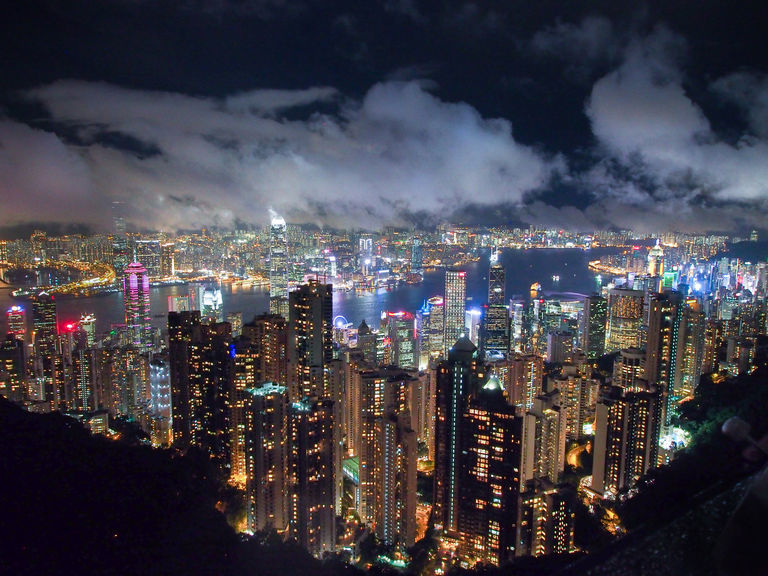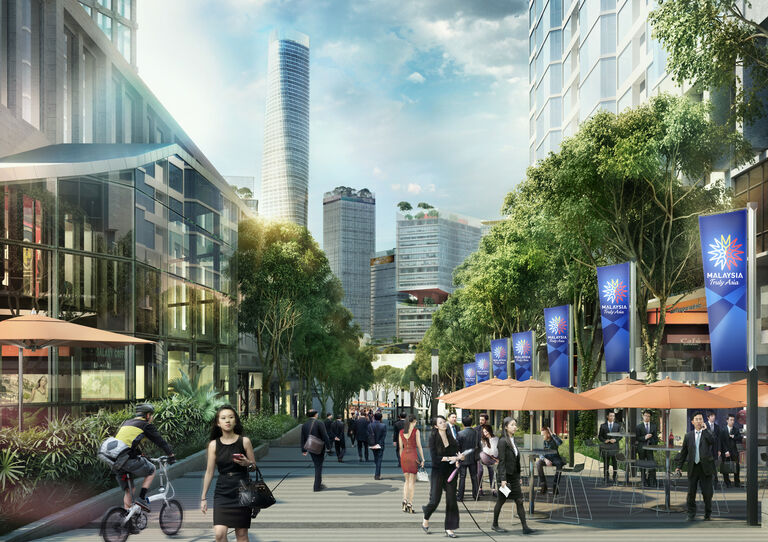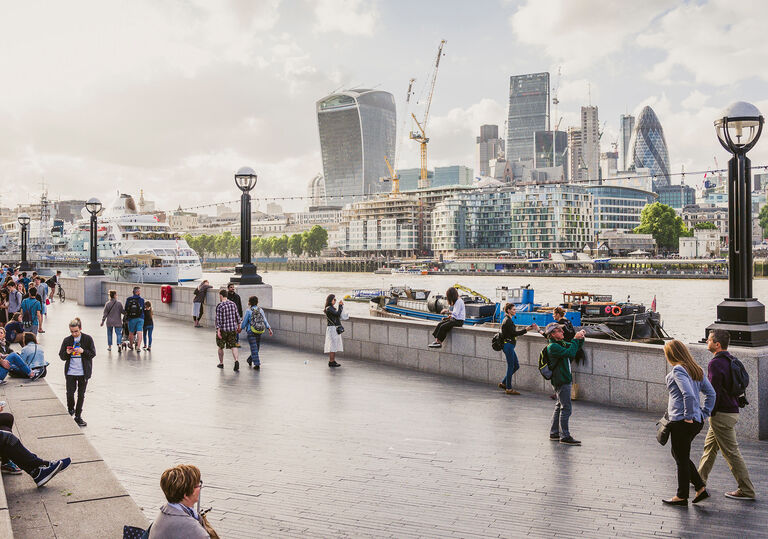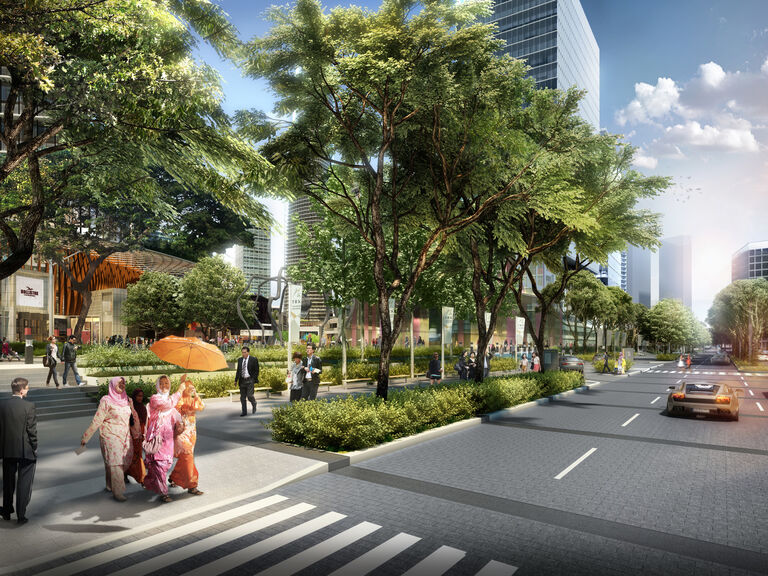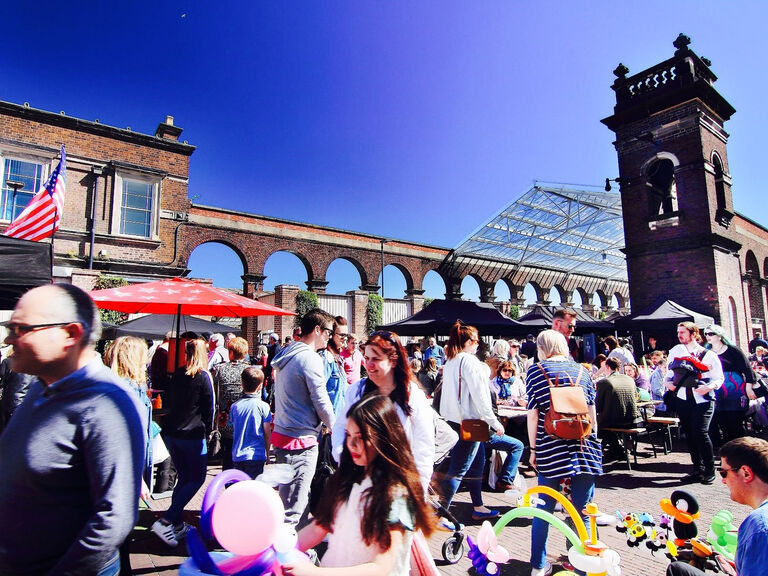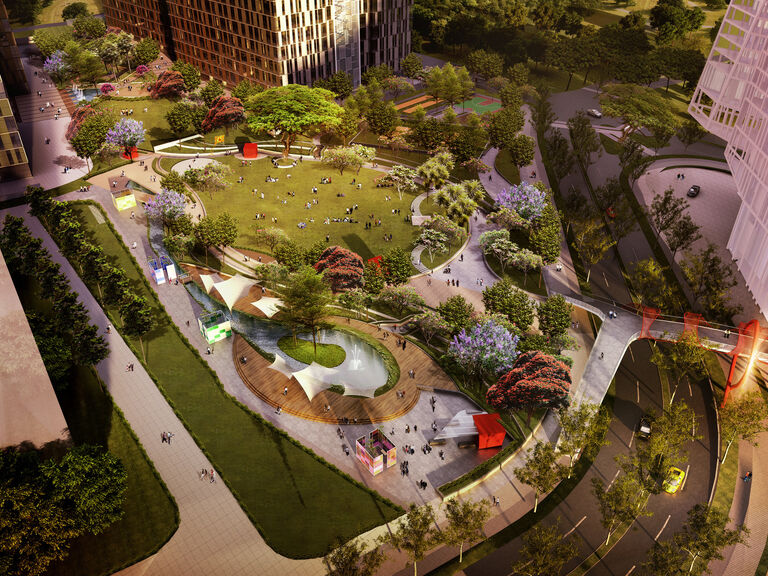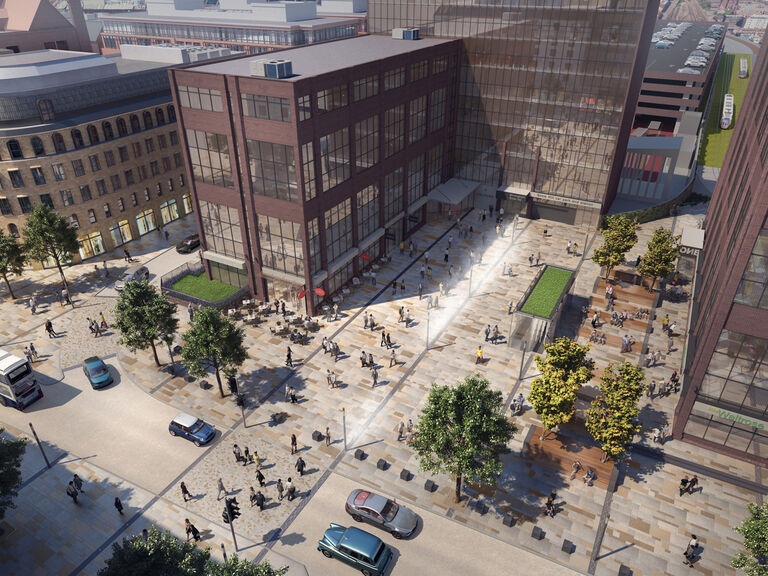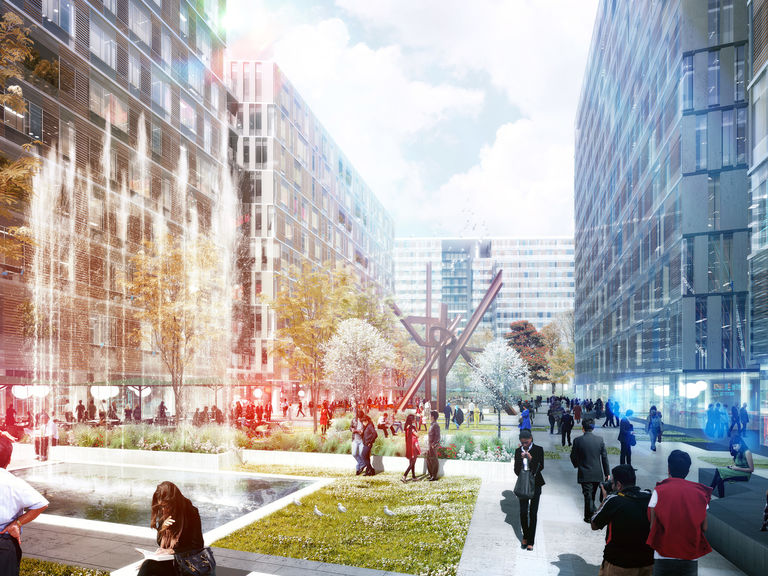By doing these things, there is a missed opportunity to complement the local culture. This, coupled with a lack of investment and design focus on the ground level, means that high quality, distinctive and accessible public realm is often not created.
Tall buildings address the need for density, which is highly important in Asia due to the rapid pace of urbanisation. It is essential to get these buildings right. Because of their scale they heavily impact on the local area from a visual standpoint and often become symbols of our cities.
